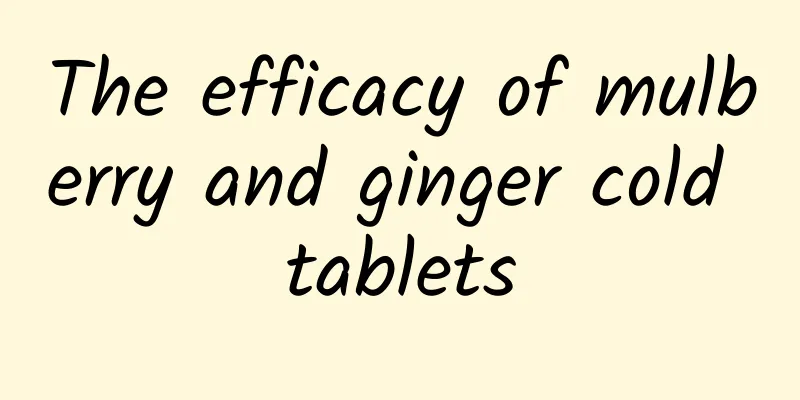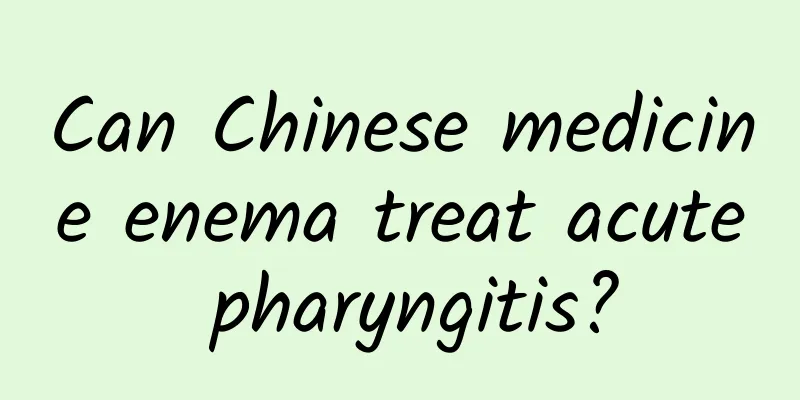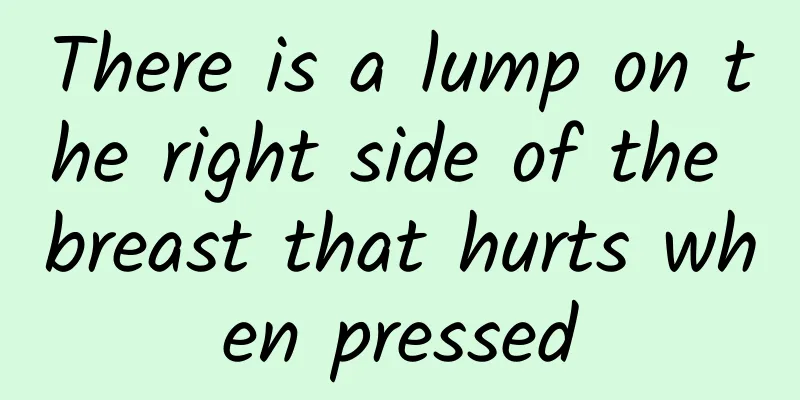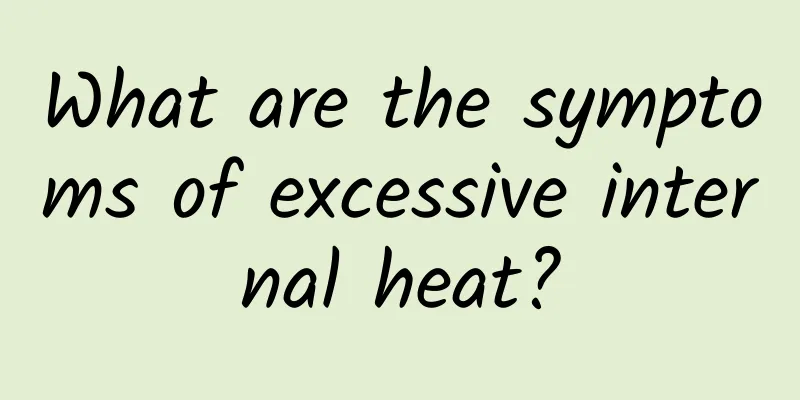Where to use moxibustion to relieve cough
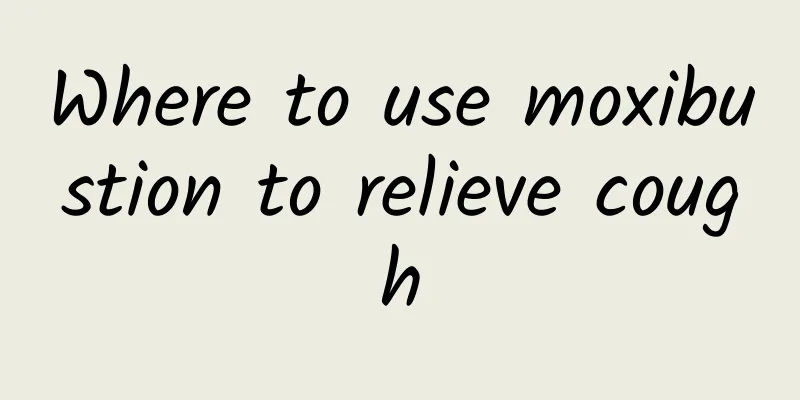
|
Coughing is a very common phenomenon in life, especially in spring and autumn, when the temperature changes greatly and the air is relatively dry. Many people are prone to coughing at this time. Although cough is not a fatal disease, it can have a great impact on the patient's life and work. When you suffer from a cough, you can take different treatments according to your condition. Moxibustion is one of the more effective treatments. Where to use moxibustion to relieve cough Main points: Feishu, Dazhui, Fengmen and Tiantu. Acupoint combination: For excessive phlegm, add Pishu and Fenglong; for deficiency of both spleen and kidney, add Pishu, Shenshu and Zusanli; for deficiency of lung qi, add Feishu, Taiyuan and Gaomang; for exogenous infection, add Shenzhu and Fengchi. Moxibustion: 1. Mild moxibustion: 10-20 minutes per acupoint, 2-3 words per day, 5-7 times as a course of treatment; 2. Moxibustion with ginger: moxa cones as big as jujube kernels, 5 to 7 moxa cones per acupoint, once every other day, 10 days as a course of treatment; 3. Moxibustion with garlic: moxa cones as big as jujube kernels, 5 to 7 moxa cones per acupoint, once every other day, once a day for acute and severe cases, 10 days as a course of treatment; 4. Blistering moxibustion: Use a piece of banao powder as big as rice grains, place it on the lung, spleen and liver points, fix it with adhesive tape, and remove the adhesive tape after about 12 to 24 hours. Small blisters will appear and allow them to be absorbed naturally. If it has ruptured, apply gentian violet. This method is suitable for the attack period of chronic cough. Principles of TCM treatment of cough Exogenous cough is usually caused by strong evil qi but not weak righteous qi. Treatment should focus on dispersing the external evil and promoting the flow of lung qi. Once the evil is gone, the righteous qi will be at peace. It is not advisable to use bitter, cold, greasy, astringent, or antitussive drugs too early to avoid retaining the evil. For internal injury cough, we should identify which organ is affected and prescribe medicine according to the symptoms. For those with excessive phlegm, the phlegm should be resolved to clear the lung qi. Depending on whether the phlegm is hot or damp, the heat-clearing and phlegm-resolving or the dampness-drying and phlegm-resolving should be given respectively. In the later stage, the main focus is on nourishing the lungs, with the methods of moistening the lungs and nourishing yin and strengthening the spleen and nourishing the lungs. Cough classification There are two types of coughs in medicine: exogenous cough and endogenous cough. Exogenous coughs often have a short course, are accompanied by external symptoms, and are mostly real symptoms; internal injury coughs often have a slow onset and a longer course, are often accompanied by internal symptoms of varying degrees, and often show a change in symptoms from real to false. |
<<: Can pregnant women drink osmanthus tea?
Recommend
What should I do if my face is itchy and has red blood streaks?
The skin on the face is an important part of the ...
What are the external medicines for internal hemorrhoids that can tighten the anus and reduce swelling?
With the widespread popularity of telephones and ...
What to do if the skin on the male genitals peels
There are many reasons for the peeling of skin on...
Efficacy and function of Clover
Rock cabbage is a kind of plant of the Crassula f...
How to make homemade pancakes
Making pancakes at home is also a good method. As...
How to treat dizziness caused by brain trauma
Various traffic accidents occur every day all ove...
What to do if your molars have cavities
Molars are teeth that only grow when everyone rea...
HPV treatment drugs
HPV is a contagious disease that is mainly transm...
What are the dangers of girls learning hairdressing?
We all know that the hairdressing industry has be...
Manifestations of neurological disease
There are many types of common diseases, and diff...
Can pregnant women drink old duck soup when they have a cold?
Pregnant women have relatively poor physical cons...
Five magic weapons to help repair gastric mucosa and protect your gastrointestinal barrier
Even though medicine is so advanced today, nearly...
What are the treatments for bradycardia?
Heart problems have gradually become a serious so...
Symptoms of psychosis in adolescence
When it comes to adolescence, many people must ha...
Scrotal angiokeratoma
This disease mainly occurs in older people, but i...


